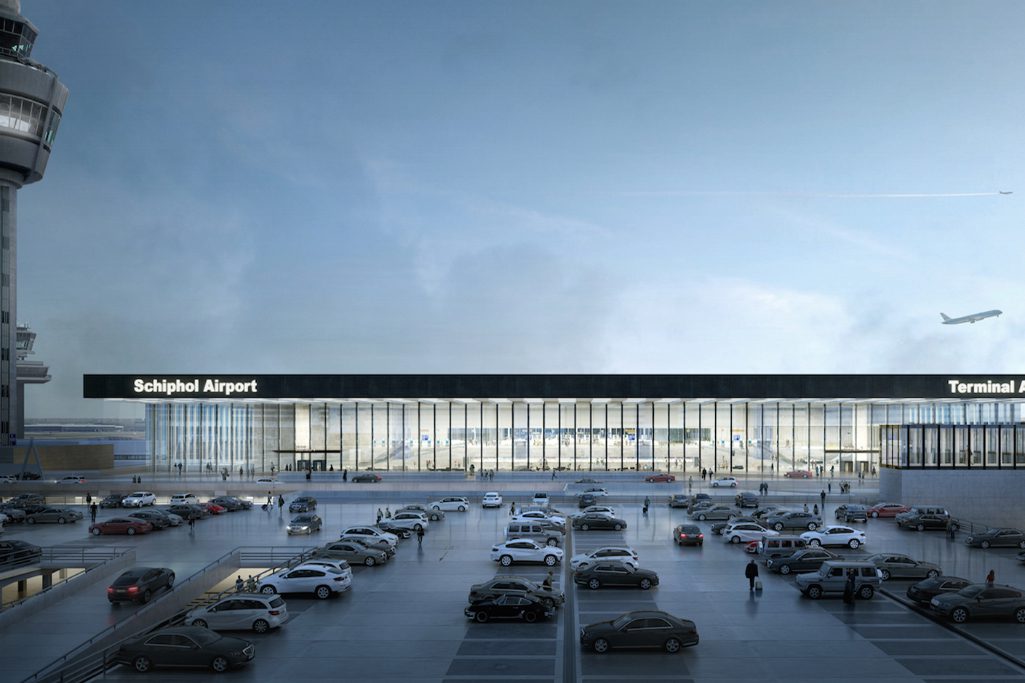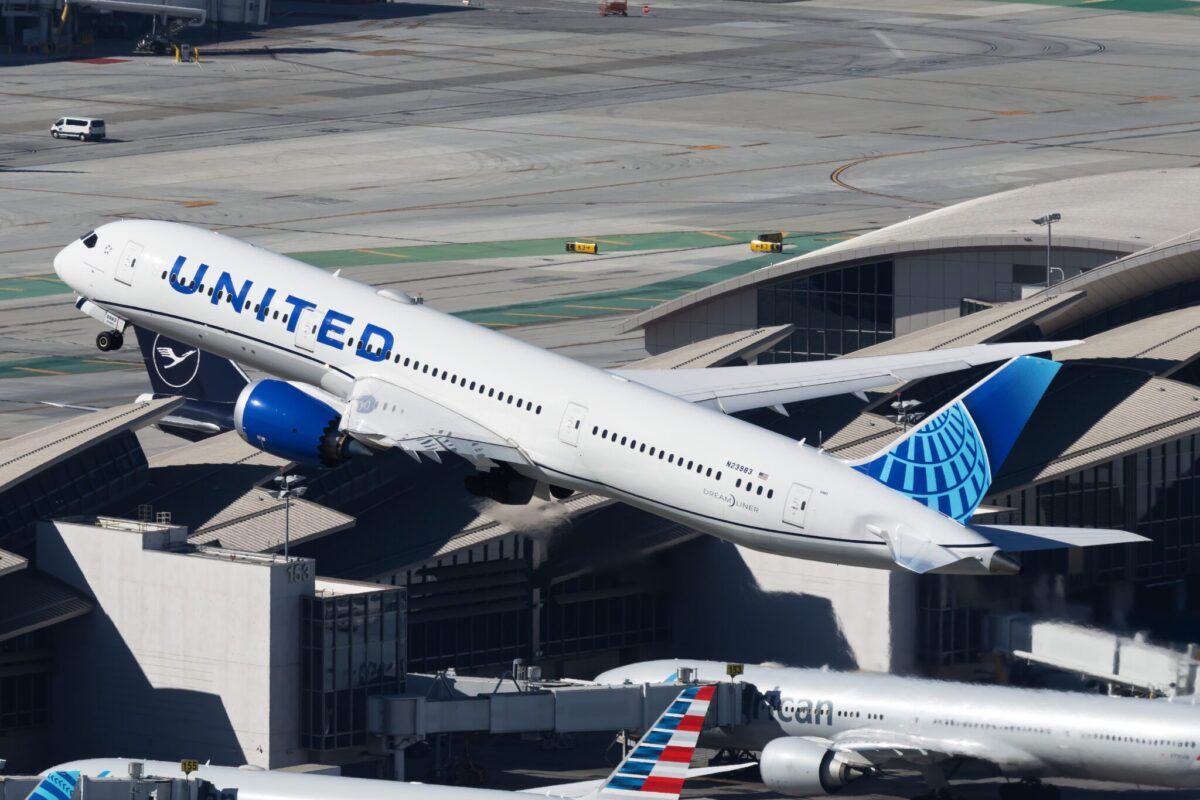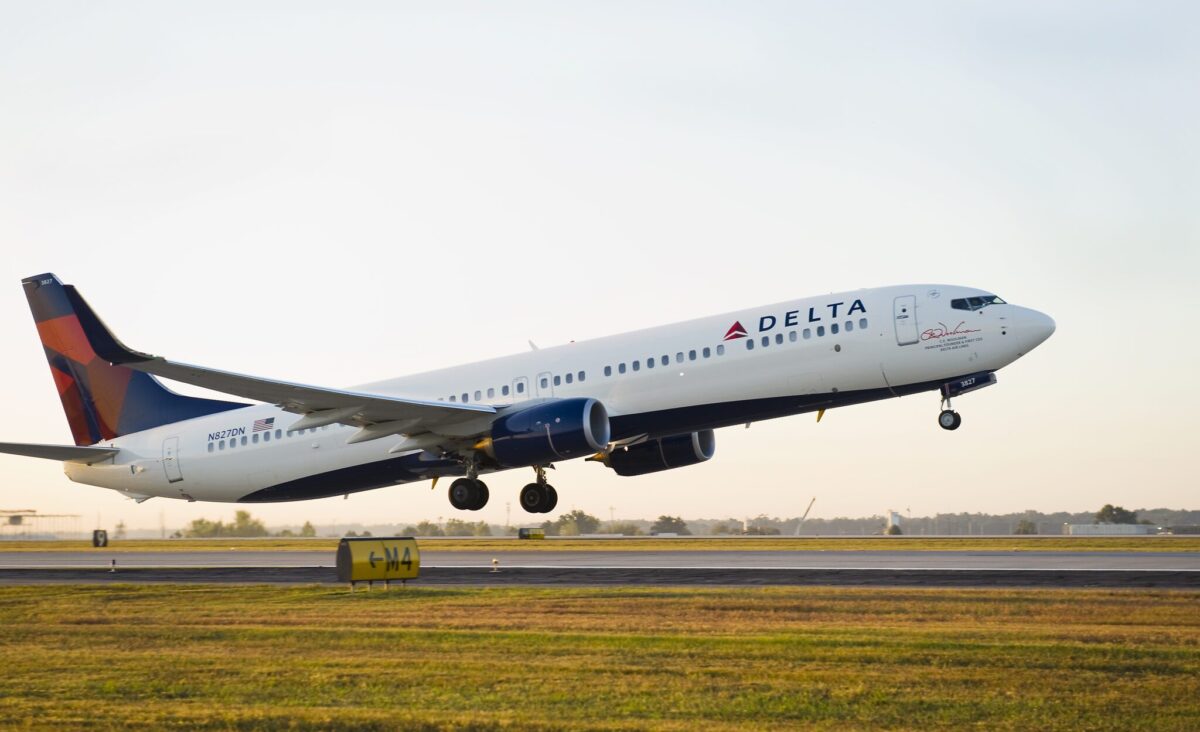Amadeus Begins Powering Next-Gen Airline Selling Via Online Agencies

Skift Take
Many airlines have unbundled plane tickets to sell a range of extras, such as early check-ins and Wi-Fi access, on their websites. But they've struggled to persuade travel agencies and tech vendors to sell their fares and extras in similar ways.
Corporate travel agencies have made halting progress toward meeting airline demands. For example, earlier this year, TripActions began adopting so-called next-generation storefronts, as urged by American, Delta, and United.
But airlines now want online travel agencies to get with the program.
Case in point is Travix, an online travel agency group owned by BCD. Travix's 500 employees run consumer-facing leisure brands, such as Vayama, Vliegwinkel, and Flugladen, in more than 50 countries.
This month, consumers at all of Travix's brands began seeing and booking air content powered by the modern technical standards airlines prefer.
Content from 16 airlines, such as Finnair and Qantas, have been integrated into the back-end within the computers at Amadeus, a third-party distributor for about 500 airlines.
Travix and Amadeus are ramping their effort up slowly.
"We'll be at 1,000 tickets a day pretty soon," said Travix CEO John Mangelaars.
By the end of the year, Amadeus expects to release the first version of this API (application programming interface, or method of exchanging data), that online travel agencies can use to access what Travix has now. Travix has settled on commercial terms with the participating airlines to be able to access their content, and other agencies would need to do the same.
New Approach
Travix previously tried newer retailing methods, but its efforts were basic.
A year ago, Travix began receiving Lufthansa Group content via a direct connection powered by travel tech vendor Travelfusion — which can power searching, booking, and payments but has little automation for changing or canceling tickets. In 2017, Travix also signed up for rich content and branded fare family data from Travelport, another tech provider.
Amadeus's approach with Travix is to mix the old and new content from multiple airlines in its shopping engine, said Valmorbida. It provides a single response to Travix whenever it requests a fare search on behalf of a consumer.
"We don't believe other solutions in the market are at the same level of scale and sophistication as ours," said Decius Valmorbida, president of travel channels at Amadeus.
"Typically other technology providers are taking an approach where, essentially, they're creating an NDC link between one airline and one reseller," said Valmorbida. "Then they're gluing that into content from the global distribution system. It's not fully integrated."
For decades, Amadeus and its peer distribution companies relied on Edifact as a technical standard for electronic data exchange. Then came the internet and XML (extensible markup language), which offered a more straightforward and flexible way to format and share data. Piggybacking on this trend, the International Air Transport Association (IATA), led the creation of new technical standards, called the new distribution capability (NDC).
"In the NDC world, the fares change dynamically and the periods they're valid are shorter than before, so you need to refresh your cache of results more quickly to provide accurate results," said Mangelaars.
During a year of tests, Amadeus proved it could handle ticket changes and cancellations, he added. Amadeus also dealt with the high volume of shopping requests that Travix's brands generated, delivering response as fast as the Edifact model.
Not everything went smoothly, however. "Each airline is approaching NDC content a bit differently, and you have to do tweaking and optimization with each one," said Mangelaars. "The industry needs to make that process of adding airlines easier and easier."
Broader Industry Effort
In the past ten months, Amadeus and its peers Sabre and Travelport launched partnerships with airlines, travel management companies, and online travel agencies to industrialize their efforts. A similar effort is underway by airfare filing clearinghouse ATPCO [Airline Tariff Publishing Co.] and SITA, a Geneva-based technology organization owned by the air transport industry that was originally Société Internationale de Télécommunications Aéronautiques.
Other aggregators include Travelfusion, which says its generating 100,000 NDC-based transactions a month for airlines, Airlines Technology, and AirGateway.
Given the array of solutions, the future looks like it will be a mix of efforts.
"We can see Amadeus, Sabre, and Travelport becoming players that can aggregate content from multiple sources, where one of the pipes is their legacy pipes, another will be an NDC pipes, and proprietary ones from airlines," said Yanik Hoyles, the Geneva-based director, industry distribution programs at the International Air Transport Association.
While online travel agencies are coming later to next-generation retailing than the corporate travel sector, they may have an easier time adapting. Online travel agencies like Travix control all of their core technological systems. But the typical travel management company often has to integrate with other agencies, third-party mid-and-back-office systems, corporate client systems, and payment systems. The complexity can make change daunting.
"We believe there's still a long journey ahead of at least a few years to overcome technical obstacles to provide the same level of end-to-end functionality and performance at scale as today's Edifact-based system," said Valmorbida. "When we think of selling in multiple markets, inter-operability among partner airlines, tax issues, and so forth, we see many use cases that still need resolution."
Until now, the giants of online travel Booking Holdings, Ctrip, and Expedia Group, have generally been waiting on the sidelines until the industry decides on a new path for the selling of airfares. Some brands, especially price-comparison engines like Kayak and Skyscanner, have done bespoke technical work to help some airlines display their airfares and other products in more modern ways. In turn, smaller agencies have also been waiting.
However, pressure for change will likely grow.
Looking ahead, 21 airlines — mostly large, full-service carriers — have pledged that the new distribution capability will power 20 percent of their indirect sales by the end of 2020, said Hoyles.
Earlier this month, Qantas expanded its effort to cajole travel agencies to participate in its next-generation retailing effort or pay surcharges. It followed a path charted by Lufthansa, British Airways, and Air France.
"The early talk was about cost savings and direct connections, but now airlines see the biggest opportunity is in revenue," said George Bryan, a management consultant who leads distribution at Hawaiian Airlines and is an industry observer. "Many airlines are now starting to recognize they need to work with the global distribution systems [Amadeus, Sabre, and Travelport] if they want to bring on that new retailing revenue at scale and cost-effectively."





